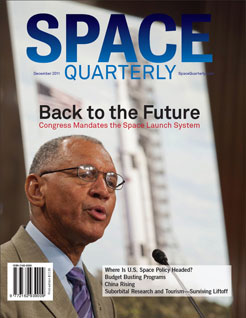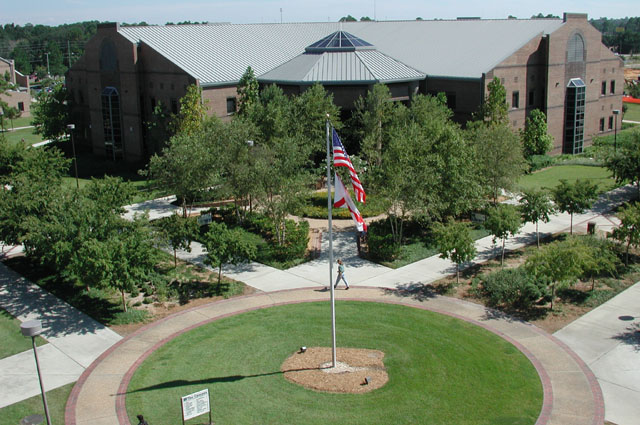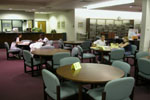Undercover Reporting: Deception for Journalism's Sake: A Database
 This collaboration with NYU Libraries collects many decades of high-impact, sometimes controversial, mostly U.S.-generated journalism that used undercover techniques. It grows out of the research for Undercover Reporting: The Truth About Deception (Northwestern University Press, 2012), which argues that much of the valuable journalism since before the U.S. Civil War has emerged from investigations that employed subterfuge to expose wrong.
This collaboration with NYU Libraries collects many decades of high-impact, sometimes controversial, mostly U.S.-generated journalism that used undercover techniques. It grows out of the research for Undercover Reporting: The Truth About Deception (Northwestern University Press, 2012), which argues that much of the valuable journalism since before the U.S. Civil War has emerged from investigations that employed subterfuge to expose wrong.
It asserts that undercover work, though sometimes criticized as deceptive or unethical, embodies a central tenet of good reporting--to extract significant information or expose hard-to-penetrate institutions or social situations that deserve the public's attention. The site, designed as a resource for scholars, student researchers and journalists, collects some of the best investigative work going back almost two centuries.
The material has been gathered into clusters, highlighting award-winning series, exemplary proponents of the practice or recurring themes (such as prison infiltrations, shadowing migrants, work, and gender, class or ethnic impersonation and dozens more.) Included are not only examples of the most outstanding work but also the most serious lapses. There are examples of controversies over the practice, such as those generated by hidden camera investigations, and of the scholarly, legal and journalistic debates that followed. Many excellent digital collections still cover only recent decades so retrieval of much of this material has been difficult, much of it still accessible solely on microfilm.

Wherever possible, entries provide full citations, summaries, excerpts, outcomes and a pdf or direct link to the story, along with related items worth a look. Where direct access to the material is not possible or has been restricted, the citations should help with archival access.
The loading continues with hopes to deepen and internationalize the collection, so please feel free to suggest new material and to alert us to errors or broken links via undercoverreporting@gmail.com
Reviewed in May 2013 issue of ACRL's Choice.








































